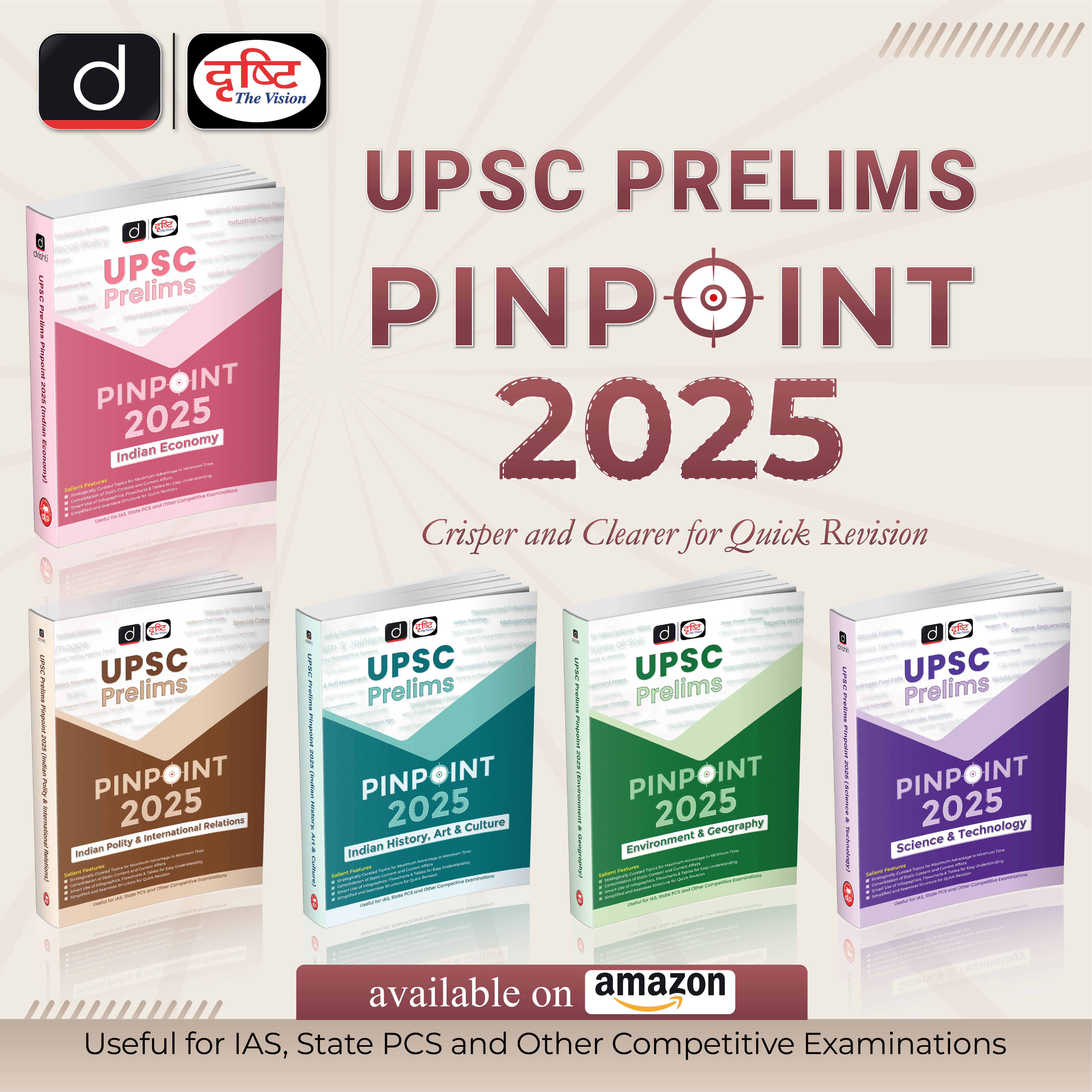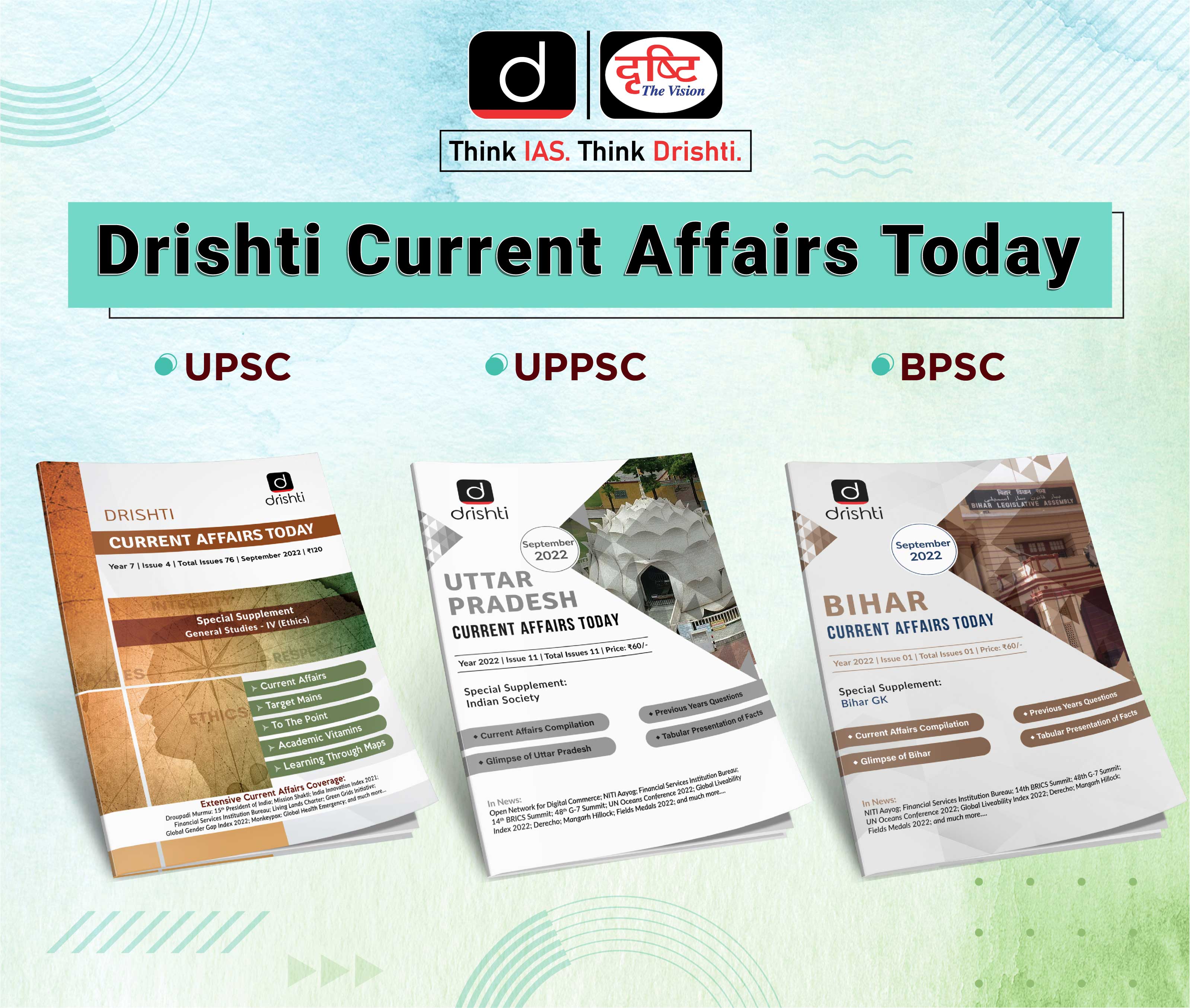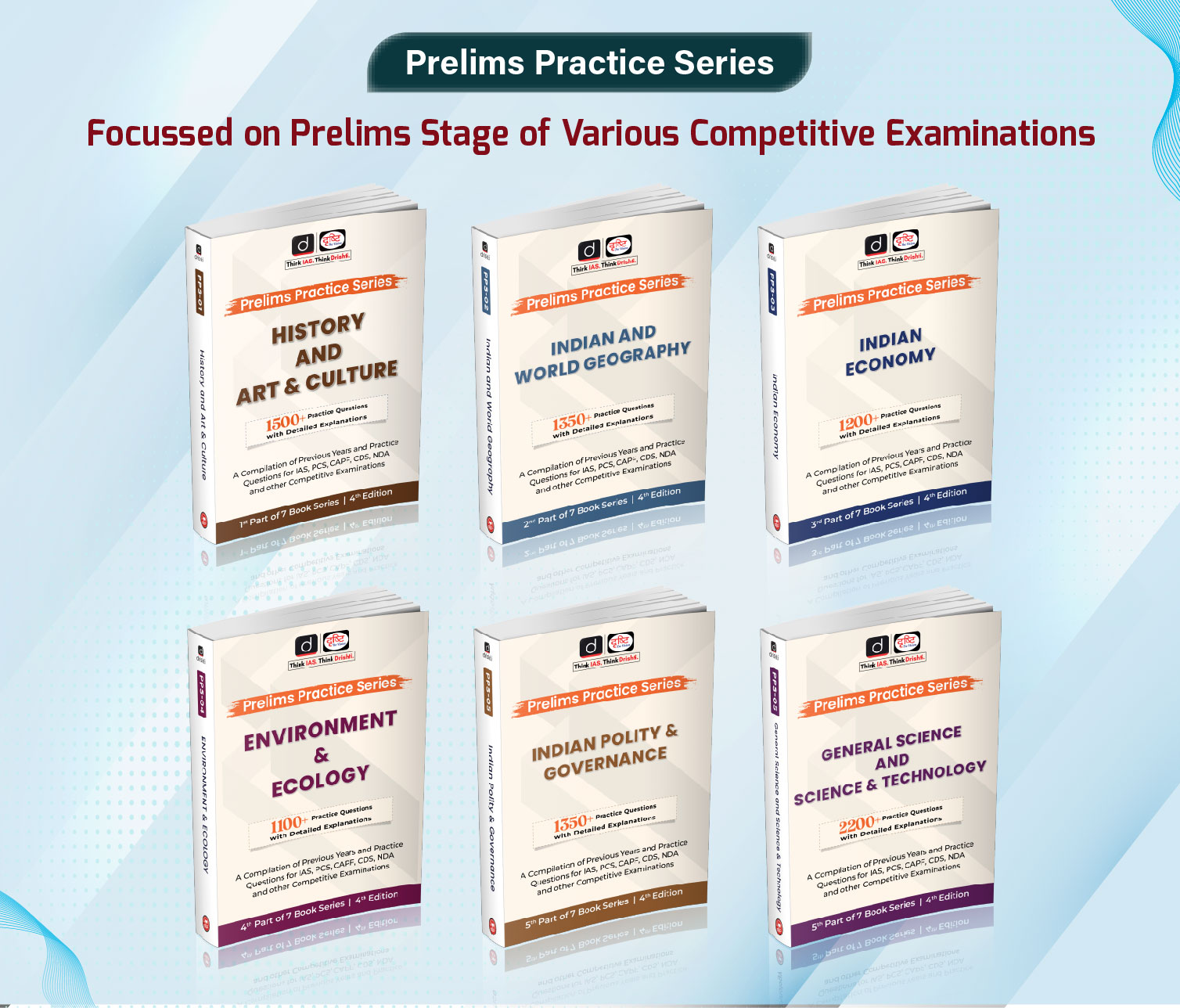Maharashtra Switch to Hindi
Water Hyacinth in Maharashtra
Why in News?
A thick layer of water hyacinth has engulfed the Mula River near Holkar Bridge in Maharashtra, severely affecting its flow and visibility.
Key Points
- About the Issue:
- Residents report that despite multiple complaints, authorities have made minimal efforts to clear the invasive weed from this crucial waterbody.
- The presence of water hyacinth is a key bio-indicator of high organic pollution in the river, highlighting the deteriorating water quality.
- Regular visitors express concerns over increasing the risk of vector-borne diseases such as malaria, dengue, and chikungunya.
- Environmental activists reveal that over 50% of untreated sewage from Pune continues to flow into city rivers, exacerbating pollution levels.
- Despite the ongoing Mula-Mutha pollution abatement project, progress remains sluggish, failing to mitigate the crisis effectively.
- Water Hyacinth:
- About:
- Water hyacinth, scientifically known as Eichhornia crassipes Mart. (Pontederiaceae), is an aquatic weed common in waterbodies across South Asia, including India.
- This is not an indigenous species but was introduced to India during the British colonial rule as an ornamental aquatic plant from South America.
- The plant produces beautiful purple flowers that have high aesthetic value.
- Significance:
- The plant has been used as a bio-fertiliser in some organic agriculture practices.
- This plant is a good phytoremediation species, suggesting it has the ability to trap and remove toxic metabolites and harmful heavy metals from water.
Mula River
- The Mula River flows through Pune in the state of Maharashtra.
- It is dammed near the Western Ghats at the Mulshi Dam, which creates the Mulshi Lake.
- Within Pune city, the Mula River merges with the Pawana River on its left bank and the Mutha River on its right bank.
- After these confluences, the river is known as the Mula-Mutha River.
- The Mula-Mutha River eventually joins the Bhima River, contributing to its flow.


Maharashtra Switch to Hindi
Maharashtra Withdraws Proposed Tax on Premium EVs
Why in News?
Maharashtra Chief Minister announced that the state government will not impose the proposed 6% tax on electric vehicles (EVs) priced above Rs 30 lakh.
Key Points
- Proposed in Budget 2025-26:
- The tax on high-end EVs was initially introduced in Maharashtra’s 2025-26 state budget before being withdrawn.
- The government reconsidered the tax after stakeholders raised concerns about its potential impact on EV adoption and revenue generation.
- The Chief Minister highlighted that Maharashtra is emerging as a key EV manufacturing hub, with major plants coming up in Pune and Chhatrapati Sambhajinagar.
- He emphasized that shifting from petrol and diesel vehicles to EVs would significantly reduce air pollution, as conventional vehicles are the primary contributors.
- Over 2,500 electric buses are being introduced in phases, and more than 50% of newly registered vehicles in Maharashtra are now electric, reflecting the state’s strong push for clean mobility.
- The tax on high-end EVs was initially introduced in Maharashtra’s 2025-26 state budget before being withdrawn.
Electric Vehicles
- About: Electric vehicles are a type of vehicle that use one or more electric motors for propulsion, instead of a traditional internal combustion engine (ICE) that burns gasoline or diesel.
- Though the concept of electric vehicles has been around for a long time, it has drawn a considerable amount of interest in the past decade amid a rising carbon footprint and other environmental impacts of fuel-based vehicles.
- Types of Electric Vehicles:
- Battery Electric Vehicles (BEVs): Solely rely on battery power for propulsion and produce zero tailpipe emissions.
- Plug-in Hybrid Electric Vehicles (PHEVs): Combine an electric motor with a gasoline engine. They can be charged externally and run on battery power for a limited range, then switch to the gasoline engine for longer journeys.
- Hybrid Electric Vehicles (HEVs): Use both an electric motor and a gasoline engine, but the battery cannot be charged directly by plugging in.
- The battery is charged by the gasoline engine or through regenerative braking.


Maharashtra Switch to Hindi
FATF Private Sector Collaborative Forum 2025
Why in News?
Mumbai is going to host the Financial Action Task Force (FATF) Private Sector Collaborative Forum (PSCF) 2025 from 25 to 27 March 2025.
- The Reserve Bank of India (RBI) and the Department of Revenue, Ministry of Finance, will organize the event, reaffirming India’s leadership in global efforts to combat money laundering and terrorist financing.
Key Points
- India’s Leadership Initiatives:
- India plays a key role in FATF’s global initiatives and serves as a member of the FATF Steering Group while also co-chairing the Risks, Trends, and Methodologies Working Group.
- India hosted the Eurasian Group (EAG) Plenary on Anti-Money Laundering and Counter-Terrorism Financing (AML/CFT) in Indore in November 2024, reinforcing its leadership in regional anti-money laundering efforts.
- India’s FATF Mutual Evaluation Report was tabled in June 2024 at the FATF Plenary in Singapore and released in September 2024.
- India achieved ‘regular follow-up’ status, a distinction awarded to only a few countries in FATF’s Mutual Evaluations.
- The FATF report commended India’s efforts in curbing financial crimes, particularly its advanced fintech ecosystem, UPI-based transactions, Aadhaar-enabled digital identity verification, and inter-agency coordination.
- India’s tech-driven financial security approach has set a global benchmark for integrating innovation with AML/CFT strategies.
- Significance of PSCF 2025:
- PSCF is an annual FATF event that provides a crucial platform for dialogue between FATF member countries, international organizations, and private sector stakeholders.
- The forum aims to strengthen AML/CFT implementation by fostering international collaboration, sharing best practices, and addressing emerging financial crime threats.
- Participants will include representatives from FATF’s Global Network countries, financial institutions, designated non-financial businesses and professions (DNFBPs), virtual asset service providers (VASPs), international organizations, and academia.
Financial Action Task Force (FATF)
- About:
- FATF is the global money laundering and terrorist financing watchdog set up in 1989 out of a G-7 meeting of developed nations in Paris.
- Objective:
- Initially, its objective was to examine and develop measures to combat money laundering.
- After the 9/11 attacks on the US, the FATF in 2001 expanded its mandate to incorporate efforts to combat terrorist financing.
- In April 2012, it added efforts to counter the financing of proliferation of Weapons of Mass Destruction (WMD).
Money Laundering
- About:
- Money laundering is a complex process used by individuals and organisations to conceal the origins of illegally obtained money. It involves making illicit funds appear legitimate through a series of transactions.
- Stages:
- Placement: The initial stage where illicit funds are introduced into the financial system. This can involve deposits into bank accounts, currency exchanges, or purchases of valuable assets.
- Layering: The process of separating the illicit funds from their source through a series of complex financial transactions. This often involves transferring funds between accounts or across borders to obscure their origin.
- Integration: The final stage where the laundered funds are reintroduced into the economy as legitimate funds. This can involve investing in businesses, purchasing real estate, or other means of legitimising the funds.
Terror Financing
- According to the International Monetary Fund (IMF) and World Bank, criminals launder an estimated two to nearly four trillion dollars each year. Fund movements by terrorists have also been concealed through charities and alternative remittance systems.
- It taints the international financial system and erodes public trust in the integrity of the system.
- Furthermore, the lack of regulation of cryptocurrency could make it a breeding ground for terrorists.


Bihar Switch to Hindi
Vikramshila University
Why in News?
A decade after establishing Nalanda University in Rajgir, Bihar has intensified efforts to revive another ancient center of learning—Vikramshila University.
- Since December 2024, the Archaeological Survey of India (ASI) has been developing the Vikramshila site to enhance its appeal as a tourist destination.
Key Points
- About the Project:
- The Centre approved the Vikramshila University project in 2015 and sanctioned Rs 500 crore, but progress stalled due to delays in land identification by the Bihar government.
- On 24th February 2025, Prime Minister reaffirmed the government’s commitment to reviving Vikramshila, emphasizing its historical significance as a global center of knowledge.
- Archaeological Conservation and Preservation:
- Workers are actively engaged in clearing vegetation and exposing architectural features at the ruins of Vikramshila Mahavihar.
- The site has been divided into grids as part of ASI’s systematic conservation efforts.
- A cruciform brick stupa, the centerpiece of Vikramshila, stands surrounded by 208 monastic cells where student-monks once practiced Tantrayana Buddhism.
- Historical Significance of Vikramshila:
- Founded by Pala King Dharmapala (late 8th–early 9th century AD), Vikramshila thrived alongside Nalanda University.
- While Nalanda gained fame for its broad academic disciplines, Vikramshila specialized in tantric and occult studies.
- During Dharmapala’s reign, Vikramshila was the dominant institution, even overseeing Nalanda’s affairs.
- Both universities had a common patron and exchanged scholars known as Acharyas.
- Founded by Pala King Dharmapala (late 8th–early 9th century AD), Vikramshila thrived alongside Nalanda University.
- Academic Excellence and Global Influence:
- Vikramshila offered courses in theology, philosophy, grammar, metaphysics, and logic, but its primary focus was on Tantrayana Buddhism.
- Atisa Dipankara, one of Vikramshila’s most renowned scholars, played a pivotal role in spreading Buddhism to Tibet.
- The university flourished for nearly four centuries before declining in the 13th century, due to the resurgence of Hinduism, the decline of Buddhism, and invasions by Bakhtiyar Khalji.
- Modern Revival Efforts:
- The Bihar government has approved Rs 87.99 crore for land acquisition in Antichak village, located 3 km from the ancient Vikramshila site.
- Bhagalpur district administration has identified 202.14 acres for the new Central university, of which 27 acres belong to the state but are occupied by local families.
Nalanda University
- Gupta Emperor Kumaragupta (Shakraditya) of the Gupta dynasty founded Nalanda University in 427 CE in modern Bihar in the early 5th century, and it flourished for 600 years until the 12th century.
- During the era of Harshavardhana and the Palas monarchs, it rose to popularity.
- During King Harshavardhana's reign (606-647 AD) Chinese scholar Xuan Zang (also known as Hiuen Tsang and Moksadeva, a 7th-century Chinese Buddhist monk, scholar, traveller, and translator) came here and studied for about 5 years.
- He also carried back many scriptures from Nalanda, which were later translated into Chinese.
- In 670 AD, another Chinese pilgrim I-Tsing visited Nalanda. He stated that Nalanda housed 2,000 students and was supported by money from 200 villages.
- A large number of students have come to study from China, Mongolia, Tibet, Korea, and other Asian countries.
- Archaeological evidence also indicates contact with the Indonesian Shailendra dynasty, one of whose kings built a monastery in the complex.
- Spiritual divines like Lord Buddha and Lord Mahavira meditated in this region, adding to the positive vibrancy of the area.
- Great masters such as Nagarjuna, Aryabhatta, and Dharmakirti contributed to the scholarly traditions of ancient Nalanda.
- The university was destroyed in 1193 by Bakhtiyar Khilji, a general of the Turkish ruler Qutbuddin Aibak.
- It was rediscovered in 1812 by Scottish surveyor Francis Buchanan-Hamilton and later identified as the ancient university by Sir Alexander Cunningham in 1861.


Rajasthan Switch to Hindi
Subsidies for Farmers in Rajasthan
Why in News?
Rajasthan Chief Minister announced new benefits and subsidies for farmers, including Rs 137 crore in grants for 30,000 agriculturists.
- He also introduced revised guidelines for agricultural schemes and livestock healthcare, emphasizing the welfare of small and marginal farmers for the state's progress.
Key Points
- Launch of New Initiatives:
- The Chief Minister introduced new agricultural measures at a farmers' conference and farmer producer organisation (FPO) programme in Bikaner.
- These include an increase in the Prime Minister’s Kisan Samman Nidhi, an expansion of the Mangala Pashu Bima Yojana, and new guidelines to promote organic farming and horticulture.
- He distributed welfare scheme cheques to farmers and encouraged them to join FPOs for better income opportunities through collective farming.
- Food Security and Financial Support:
- The state government has transferred Rs 1,400 crore to over 72 lakh farmers under the PM-Kisan Samman Nidhi, provided Rs 29,000 crore in interest-free crop loans to 47 lakh farmers, and disbursed Rs 3,000 crore in insurance claims under the PM-Fasal Bima Yojana.
Pradhan Mantri Kisan Samman Nidhi (PM-KISAN)
- Under the scheme, the Centre transfers an amount of Rs 6,000 per year, in three equal installments, directly into the bank accounts of all landholding farmers irrespective of the size of their land holdings.
- It was launched in February 2019.
- It is a Central Sector Scheme with 100% funding from the Government of India.
- It is being implemented by the Ministry of Agriculture and Farmers Welfare.
- The entire responsibility of identification of beneficiary farmer families rests with the State / UT Governments.
Pradhan Mantri Fasal Bima Yojana
- About:
- Launched in 2016 and is being administered by the Ministry of Agriculture and Farmers Welfare.
- It replaced the National Agricultural Insurance Scheme (NAIS) and Modified National Agricultural Insurance Scheme (MNAIS).
- Eligibility:
- Farmers including sharecroppers and tenant farmers growing notified crops in the notified areas are eligible for coverage.






%20MPPCS%202025%20Desktop%20E.jpg)
%20MPPCS%202025%20Mobile%20E%20(1).jpg)










.png)
.png)











 PCS Parikshan
PCS Parikshan



